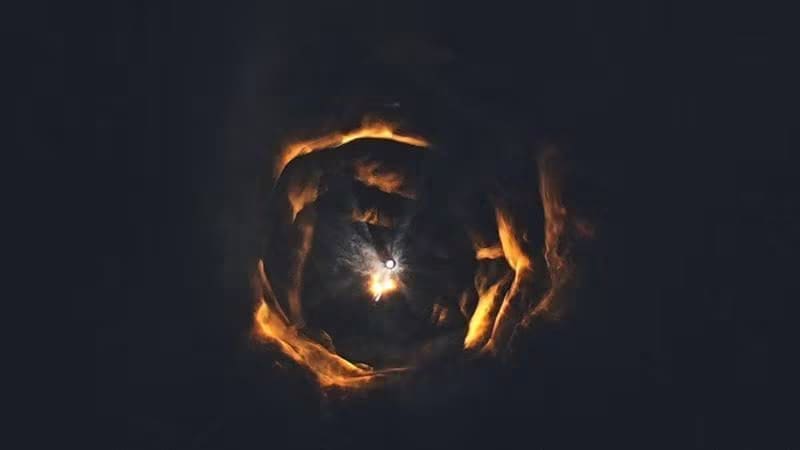SpaceX’s Starship Test Ends in Explosions Despite Achieving Space: A Step Forward or Back?
In a dramatic turn of events, SpaceX’s latest test flight of the Starship, the world’s most formidable rocket, concluded with not one but two explosions. The test, aimed at pushing the boundaries of space exploration, saw the Starship reach space but ended abruptly as both the booster and the spacecraft disintegrated minutes into the flight.

SpaceX's mega rocket Starship launches for a test flight from Starbase in Boca Chica, Texas. (Source: Associated Press)
The Flight Journey
The mission, commencing from South Texas, was tracking well until an unexpected communication blackout occurred. Reports from SpaceX suggest the Starship’s self-destruct system was activated over the Gulf of Mexico. Prior to this, the booster, having completed its role, also met a similar fate over the gulf.
Despite the explosive end, the test flight, lasting approximately eight minutes—double the duration of the first test in April—garnered valuable data. According to SpaceX commentator John Insprucker, all 33 booster engines performed flawlessly, a notable improvement over the previous test. The booster’s seamless separation from the spaceship was a highlight, with the spacecraft reaching an altitude of 148 kilometers.
The booster experienced a rapid unscheduled disassembly shortly after stage separation while Starship’s engines fired for several minutes on its way to space
— SpaceX (@SpaceX) November 18, 2023
SpaceX’s Reaction and Data Harvest
SpaceX’s team, including founder Elon Musk, observed the launch from the southern tip of Texas. While the initial success was met with cheers at SpaceX headquarters, the mood shifted as the fate of the Starship became evident. However, commentator Kate Tice emphasized the wealth of data collected, vital for future improvements.

Tracking camera views of hot-staging separation pic.twitter.com/wcCidOh5K0
— SpaceX (@SpaceX) November 18, 2023
Regulatory and Safety Aspects
The Federal Aviation Administration (FAA), having cleared the rocket for flight earlier this week, confirmed no injuries or public damage. An investigation is underway to understand the mishap, halting further Starship launches until a comprehensive review and corrections are implemented.
NASA’s Involvement and Future Prospects
NASA, with high stakes in the Starship program, has awarded SpaceX a $3 billion contract for lunar missions. The agency’s goal is to use Starship for transporting astronauts from the Orion capsule to the lunar surface by 2025 or shortly thereafter. NASA Administrator Bill Nelson, expressing optimism, noted that each test is a learning opportunity towards eventual success.

Comparative Analysis with Historical Rockets
Starship, standing at 121 meters, surpasses NASA’s Saturn V, the iconic moon mission rocket, both in size and liftoff thrust. This test, devoid of any valuable cargo, is a precursor to SpaceX’s grand vision of satellite launches, lunar missions, and eventual Mars exploration with these fully reusable mega rockets.

